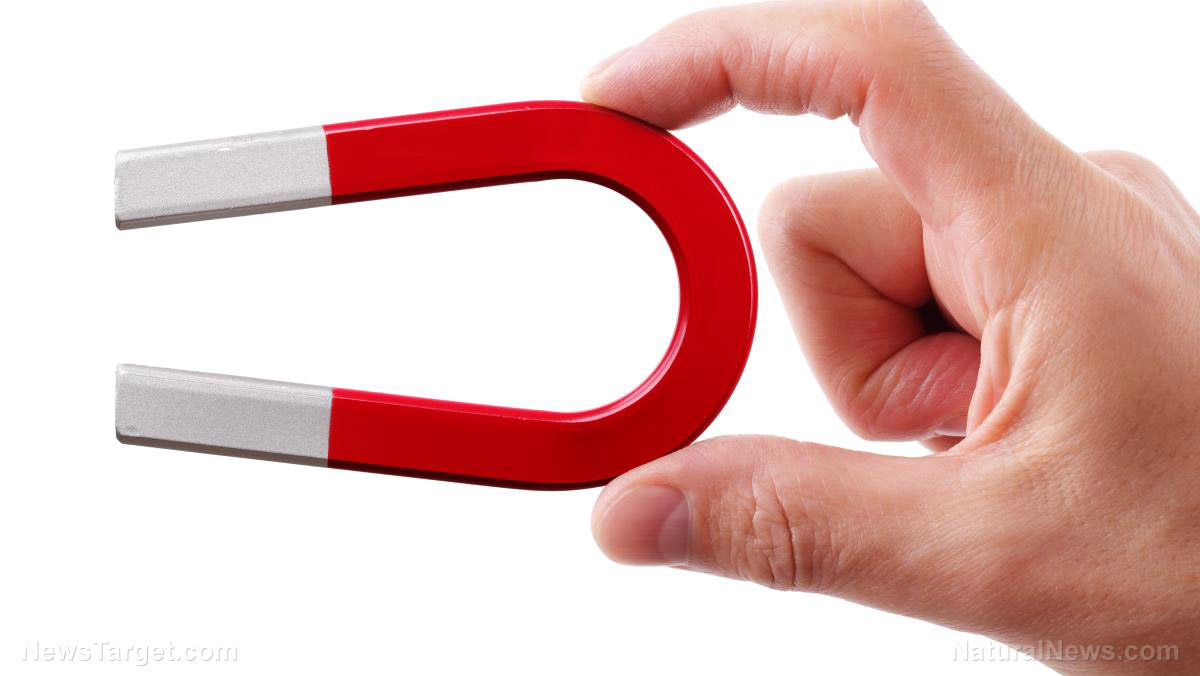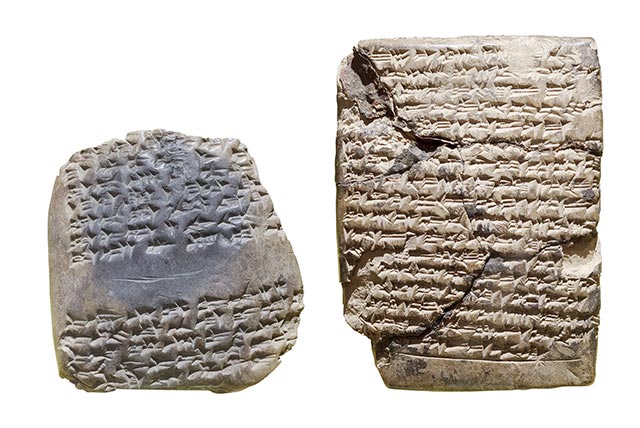
Magnets rapidly recover their magnetic properties after taking a sharp hit that disrupts their magnetism. Researchers have learned more about this natural ability in an experiment where they fired lasers at slim magnets.
The University of Colorado Boulder team examined what happened after a laser beam hit a magnet. They found that the magnetic spins of the material's atoms started acting like a fluid instead of a solid.
In their recently released paper, the researchers showed how the magnetic properties formed "droplets." They compared the magnetic activity to filling a jar with oil and water before shaking the container.
Researcher Ezio Iaccocca and his colleagues ran their experiments at Stanford's SLAC National Accelerator Laboratory. He and his teammates fired a high-energy laser beam at a metallic alloy with magnetic properties.
“Researchers have been working hard to understand what happens when you blast a magnet,” reported Iacocca, the primary author of the study. “What we were interested in is what happens after you blast it.”
Their findings on what happened during the brief fraction of a second may help increase the speed of computing processes. (Related: Researchers use laser holograms to trap and control tiny objects the size of single cells.)
The spins of zapped magnets act like those in superfluids
Magnets achieve their properties thanks to their molecular arrangement. The atoms that comprise their materials have "spins" that generally orient them in one direction, either north or south.
Things change after they get hit by a laser. The brief pulse of amplified light disrupts the natural organization of a magnetic material.
After receiving the energy imparted by the laser, the spins of the magnet stop pointing up or down. Instead, they start orienting in various directions, which neutralizes the material's magnetic properties.
“Researchers have addressed what happens 3 picoseconds after a laser pulse and then when the magnet is back at equilibrium after a microsecond,” Iacocca said. “In between, there's a lot of unknown.”
For their experiments, the researchers used magnetic alloys made from cobalt, gadolinium, and iron. After firing lasers at the materials, they compared the lab results to the ones produced by math equations and computer simulations.
While the magnetic materials remained in the solid phase despite getting hit by a laser, the spins of their atoms started acting like the ones in fluids (which in physics encompasses gas and plasma, as well as liquids). They changed both their position and their magnetic orientation.
Learning how magnetic spins flip their orientation may improve computer data storage
Study co-author Mark Hoefer noted that the spins behaved like superfluids during the brief moment after the laser strike. A superfluid is a phase of matter that has no viscosity and shrugs off friction.
After that initial period, the spins started to settle down. They clustered together, and the members of a "droplet" aimed the same way. They also limited their orientation to up or down instead of pointing to every direction of the compass.
Given time, the droplets increased in size. Their behavior invoked how intermixed oil and water split apart and form growing clusters.
Hoefer compared clustering behavior to a seed that formed the center of bigger groups. He also brought up the possibility of a zapped magnet flipping the direction of its spins.
Sometimes, after getting hit by a laser pulse, a magnet recovers its magnetic properties, but starts pointing in the opposite direction. So instead of pointing up, it now points down, and vice versa.
Computers use the flipping behavior of spins and magnets to store data. The results of this experiment may help improve the performance of data storage devices.
Sources include:
Please contact us for more information.





















